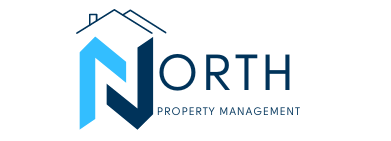
- Analyzing Local Rental Market and Competitor Pricing:
Thoroughly research the local rental market and analyze competitor pricing. Understanding the current rental rates for similar properties in your area is crucial for setting competitive and realistic rent prices. - Identifying the Unique Selling Points of Your Property:
Highlight the distinctive features and amenities that make your property stand out. Emphasize factors such as location, modern appliances, upgraded finishes, or access to amenities to justify higher rental rates. - Balancing Rental Rates with Property Amenities and Features:
Strike a balance between rental rates and the value of property amenities and features. Consider the demand for these amenities and their impact on tenant satisfaction when determining the rent. - The Impact of Location on Rental Pricing:
Location significantly affects rental pricing. Properties in desirable neighborhoods, close to public transportation, schools, and entertainment areas can command higher rents than those in less convenient locations. - Seasonal and Cyclical Rent Adjustments:
Consider seasonal and cyclical factors when adjusting rental rates. Rental demand may fluctuate throughout the year, so be prepared to adjust rates accordingly to maximize occupancy and income. - Tenant Demand and Rental Rate Flexibility:
Stay attuned to tenant demand and market trends. Be flexible with rental rates based on market conditions and consider offering promotional rates to attract tenants during slower periods. - Offering Incentives for Lease Renewals and Long-Term Tenants:
Encourage tenant retention by offering incentives for lease renewals or longer lease terms. Rewarding loyal tenants with rent discounts or improvements can save on turnover costs. - Monitoring Economic Factors Affecting Rental Market:
Stay informed about economic factors that can influence the rental market, such as employment rates, population growth, and changes in the housing market. Adjust rental rates accordingly to remain competitive. - Leveraging Technology for Real-Time Rental Price Optimization:
Utilize property management software and data analytics to assess rental market trends in real-time. This allows you to make data-driven decisions and optimize rental pricing. - Communicating Rental Rate Changes to Tenants Professionally:
When adjusting rental rates, communicate changes professionally and well in advance. Transparently explain the reasons for the adjustment and provide tenants with sufficient notice to adjust their budgets accordingly.
